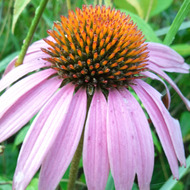Math in Nature 3rd Grade
(View Complete Item Description)This collection of five lessons explores 3rd grade mathematical concepts in the context of the outdoor classroom. These lessons span various math and science curricular units and include:Arrays in Nature (modeling multiplication)Measurement in Nature (length/mass and traits of organisms)Fraction Snow Cakes (fractions)Engineering and Design - Flight (measurement/data and forces)BioBlitzes (measurement/data, diversity and traits)
Material Type: Learning Task, Lesson Plan, Teaching/Learning Strategy


